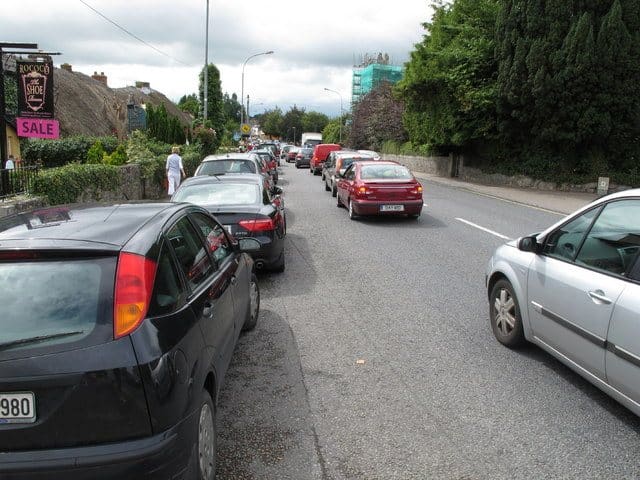Why do we use roundabouts in Ireland?
Walkinstown, Dunkettle, Polestar, Bundle of Sticks, Browne… The roundabout is a common feature on Irish roads, and sometimes it feels like every driver has a pet roundabout that they just hate. Roundabouts, or “gyratory circuses” as they were once known (yes, really), are generally installed to make a junction safer and keep traffic flowing. They do, however, require extra care and attention on approach.
Thankfully, in Ireland, we don’t have anything as complicated as England’s “Magic Roundabout” in Swindon (five mini-roundabouts forming one giant two-way ring) or France’s Rond-Point de L’Étoile (the infamous roundabout around the L’Arc de Triomphe with anything up to 12 unmarked lanes) but we do have a variety of mini-roundabouts, lane configurations and large interchanges.
The most important rules for any roundabout, whether it has one lane or six, are yield and indicate.
Who has right of way on a roundabout in Ireland?
When approaching a roundabout, you always yield to traffic already on the roundabout and traffic coming from your right. Don’t enter the roundabout until it’s clear from your right – this may mean waiting until someone is exiting onto the road you’re waiting to enter from. All roundabouts are one way (clockwise, if you imagine your entry point as 6 o’clock), so you drive towards the left as you enter. Driving the wrong way as you enter a roundabout and ignoring a mini-roundabout are both penalty-point offences in Ireland – both can result in 1 penalty point and a €60 fine.
Keep an eye out for pedestrians crossing the road as you’re waiting. If there are traffic lights on the roundabout, always follow those and make sure it’s safe to go when you get the green.











